The resolution of our extremely high resolution system is about 2 microns.
Temperature controller is also available as an option.
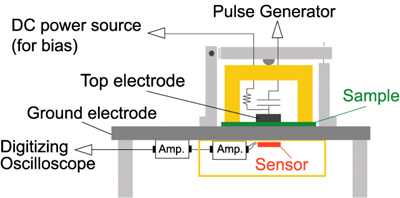
Basic PEA systems
|
This is a typical PEA measurement unit. A
commercially available unit has the resolution of 10 microns. The sensor
is either PVDF or LiNbO3. The resolution of our extremely high resolution system is about 2 microns. Temperature controller is also available as an option. |
 |
3D PEA systems
The space
charge distribution in vertical and lateral directions of the applied pulsed
electric field can be observed by using an acoustic lens sensor. The sensor can
move rapidly and the position is controlled by an X-Y positioner. While you are
measuring, the location and the charge density are displayed at the same time.
The output signals are deconvoluted, calibrated and displayed automatically
during the measurement. Recently, the resolution in the lateral direction has
been dramtically imporoved. It will be presented in 2004.
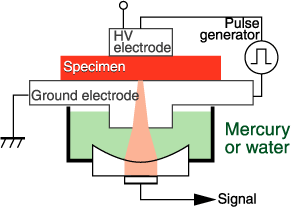
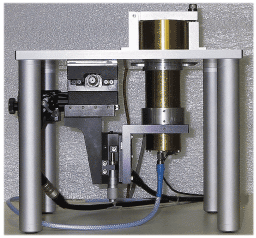
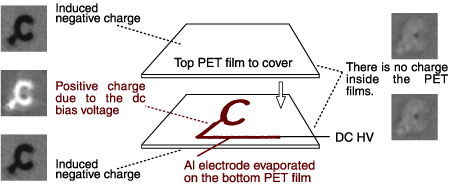
Portable (Mini)PEA systems
|
There is a demand for a space charge
measurement of products, on site, i.e., in the factory. The system must be
very small, and the signal should be displayed directly on the
oscilloscope. And the whole system should be operated with a
battery. We developed a very small PEA electrode unit, and mounted on a clamp. |
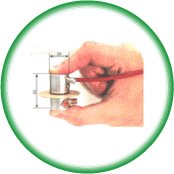 |
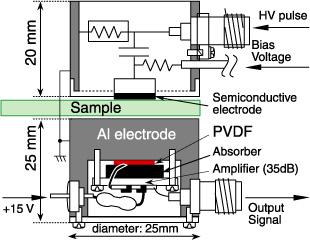 |
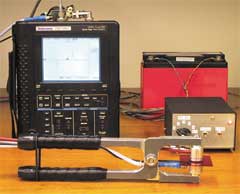 |
Mountable PEA systems
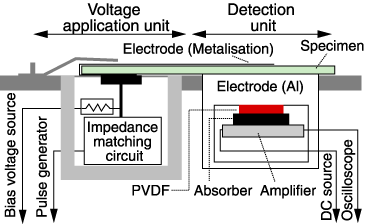 |
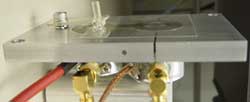 |
|
|
|
|
|
-- Works introduced in this website has been done at NICT. --
(Last Update: August, 2004)